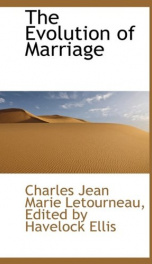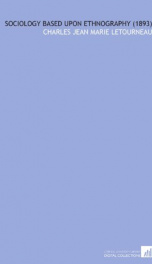biology

Purchase of this book includes free trial access to www.million-books.com where you can read more than a million books for free. This is an OCR edition with typos. Excerpt from book: CHAPTER III. CHEMICAL COMPOSITION OF ANIMALS AND PLANTS. In the two living kingdoms, organised substance is, as we have already seen, constituted by three groups of bodies intimately blended, and which Chevreul was the first to call immediate principles. It is now needful to compare with each other the chemical species which enter into the composition of the plant and into that of the animal. We shall glance very rapidly at the immediate principles of the first category. In effect, water, which constitutes in weight the largest part of organised beings, mineral salts, atmospheric gases, are manifestly unable to furnish to us sufficiently distinctive characteristics. But that the results of the comparison may be the more striking we shall indicate first of all in bold outline what is the chemical composition of plants, and what is that of animals. 1. Chemical Composition of Plants. Organised vegetal tissues, when submitted to desiccation, present a friable residuum, the weight of which is very variable. ]n the average of terrestrial plants this residuum is from a fifth to a third of the total weight ; but it rises to eight-ninths if we take ripe seeds, and can descend to a tenth or a twentieth in aquatic plants and certain mushrooms. This residuum, desiccated, offers always to chemical analysis, carbon, hydrogen, oxygen, azote and sulphur, potassium, calcium, magnesium, iron, phosphorus. Often, moreover, we find therein sodium, lithium,manganese, silicium, chlore. Finally, in the marine plants we discover iodine and brome. Such are the ultimate results of analysis; but, of course, during life, these bodies are not, for the most part, in a state of liberty; they are combined in various manners. The metals are usually in the state of salts, of sulphates, of phosphates,...
Info about the book
Author:
Series:
Unknown
ISBN:
0826458335
Rating:
2.5/5 (4)Your rating:
0/5
Languge:
English
Users who have this book
Users who want this book
What readers are saying
What do you think? Write your own comment on this book!
write a commentif you like biology try:
Other books by this author
Do you want to read a book that interests you? It’s EASY!
Create an account and send a request for reading to other users on the Webpage of the book!




